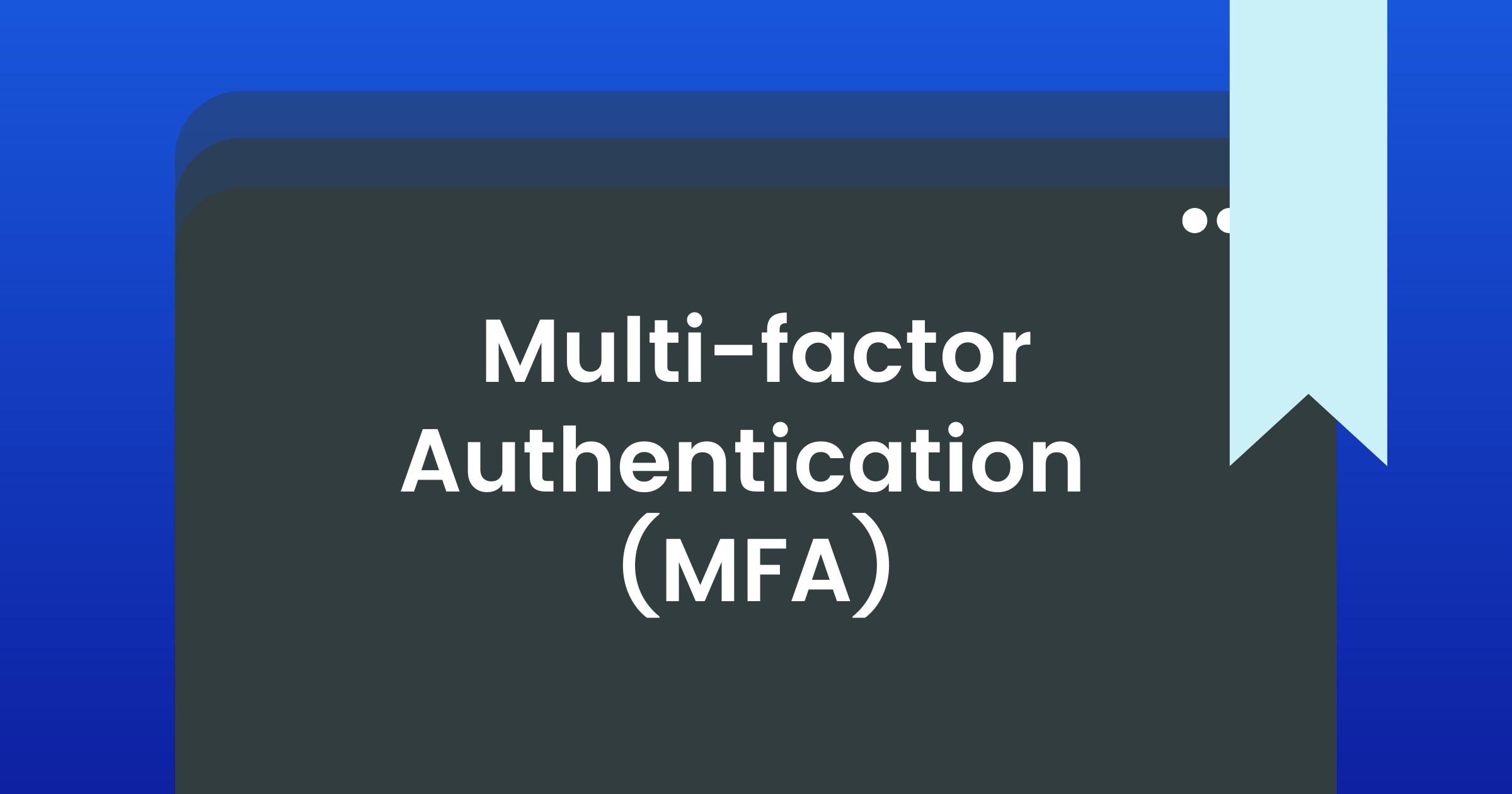
Multi-Factor Authentication (MFA), also known as Two-Factor Authentication (2FA) or Two-Step Verification, is a robust authentication mechanism that involves the use of two or more distinct factors to validate a user's identity. MFA requires users to provide multiple forms of evidence to verify their identity before gaining access to an online account or system. These forms of evidence fall into three main categories:
- Something you know: This factor encompasses information that only the legitimate user should possess, such as a password, PIN, or answers to security questions.
- Something you have: This factor relates to a physical device or token the user possesses, such as a smartphone, smart card, or hardware security key that generates one-time passwords (OTPs) or responds to challenges.
- Something you are: This factor uses biometric data unique to each individual, such as fingerprint scans, facial recognition, or iris patterns, because usernames and passwords are vulnerable to brute force attacks.

Benefits of MFA
- Reduced Vulnerability: By requiring multiple forms of evidence, MFA significantly reduces the risk of unauthorized access resulting from stolen passwords or credentials.
- Protection Against Phishing: MFA helps thwart phishing attacks that rely on static passwords alone.
- Compliance and Industry Standards: Many regulatory standards and best practices, such as the Payment Card Industry Data Security Standard (PCI DSS) and General Data Protection Regulation (GDPR), recommend or require MFA implementation for enhanced data protection.
- Enhanced User Experience: MFA can be seamlessly integrated into various platforms, providing users with a convenient and secure authentication process.
Implementing MFA
Common MFA methods include SMS-based verification, time-based one-time passwords (TOTPs) through apps like Google Authenticator, and hardware security keys. More advanced systems may integrate biometric verification for an added layer of security. The MFA process typically involves the following steps:
- Initial Authentication: The user enters their username and password (the "something you know" factor) as the first step.
- Secondary Verification: After entering the credentials, the system prompts the user to provide additional evidence, such as a one-time code generated by a smartphone app (the "something you have" factor) or a fingerprint scan (the "something you are" factor).
- Access Granted: If the provided information matches the expected authentication data, access is granted to the user.
Best Practices for Setting Up MFA
In order to secure digital resources and restrict access, all businesses need to develop enterprise-wide policies. In terms of access management, the following are some best practices:
- Create user roles: Group users into roles to fine-tune access control policies, such as giving privileged admin users more access rights than normal users.
- Create strong password policies: Implement rules to make passwords with upper and lower case letters, special characters, and numbers even if you use three- or four-factor authentication.
- Rotate security credentials: Asking users to change passwords regularly is a good practice. Automate this process by blocking access until the password is changed.
- Follow least privilege policy: Starting new users with the lowest privilege and access rights in your system and gradually increasing privilege as the user builds trust.
Related Terms
Suggested Articles







